Great Zimbabwe, Masvingo Province, Zimbabwe, Africa (11th century)
Artist/Designer: Shona people
Project Location: – Masvingo Province
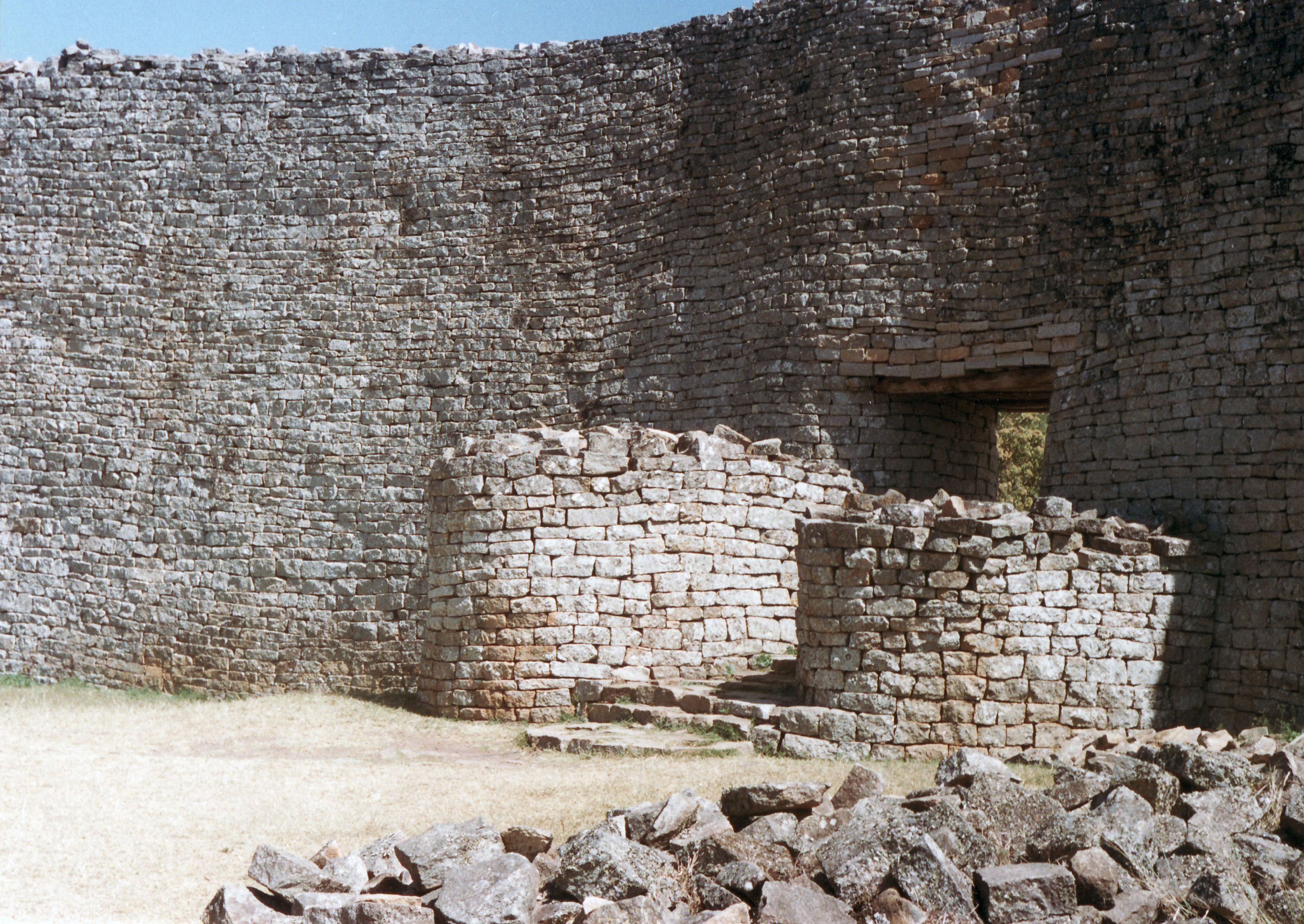
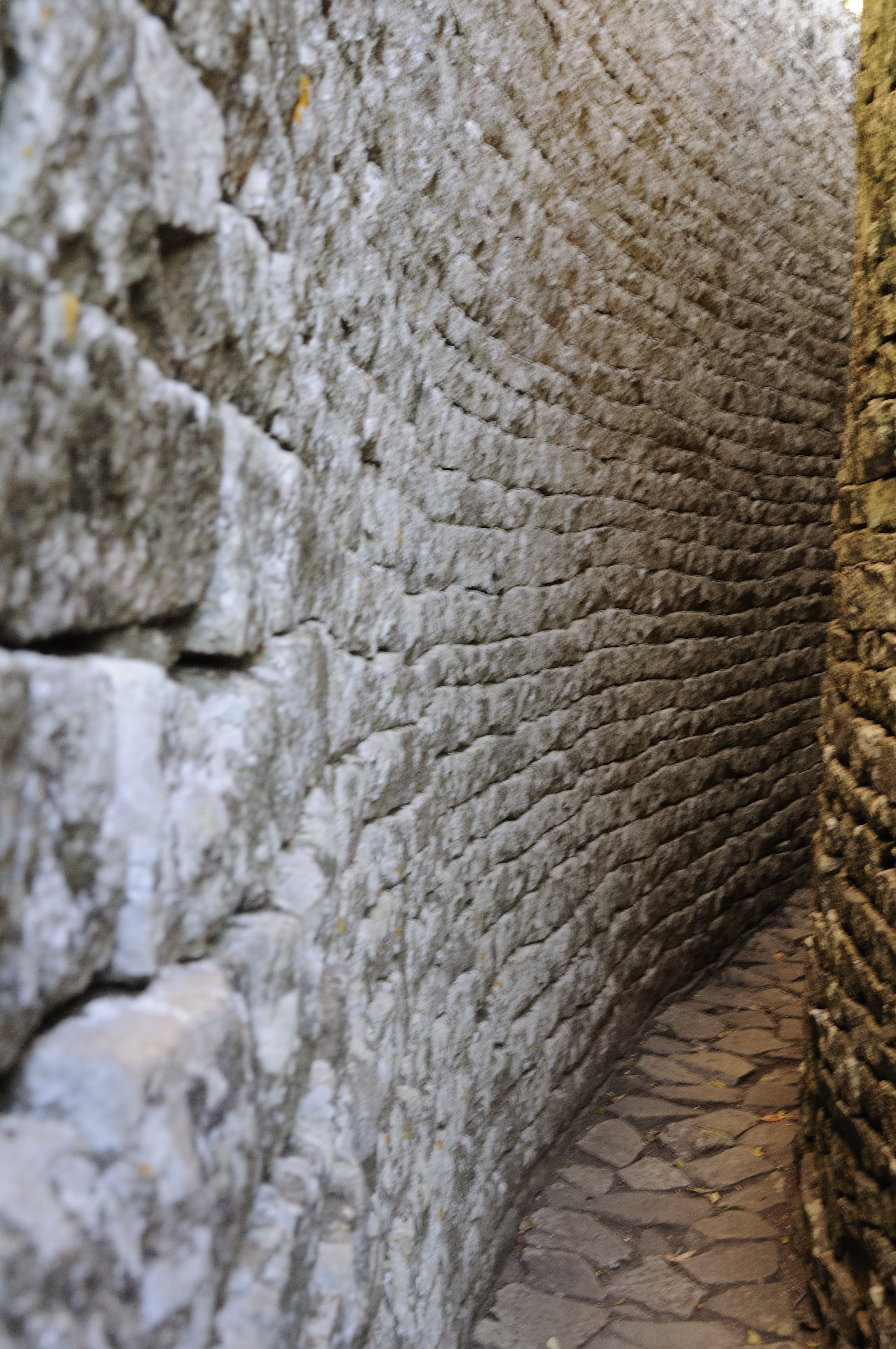

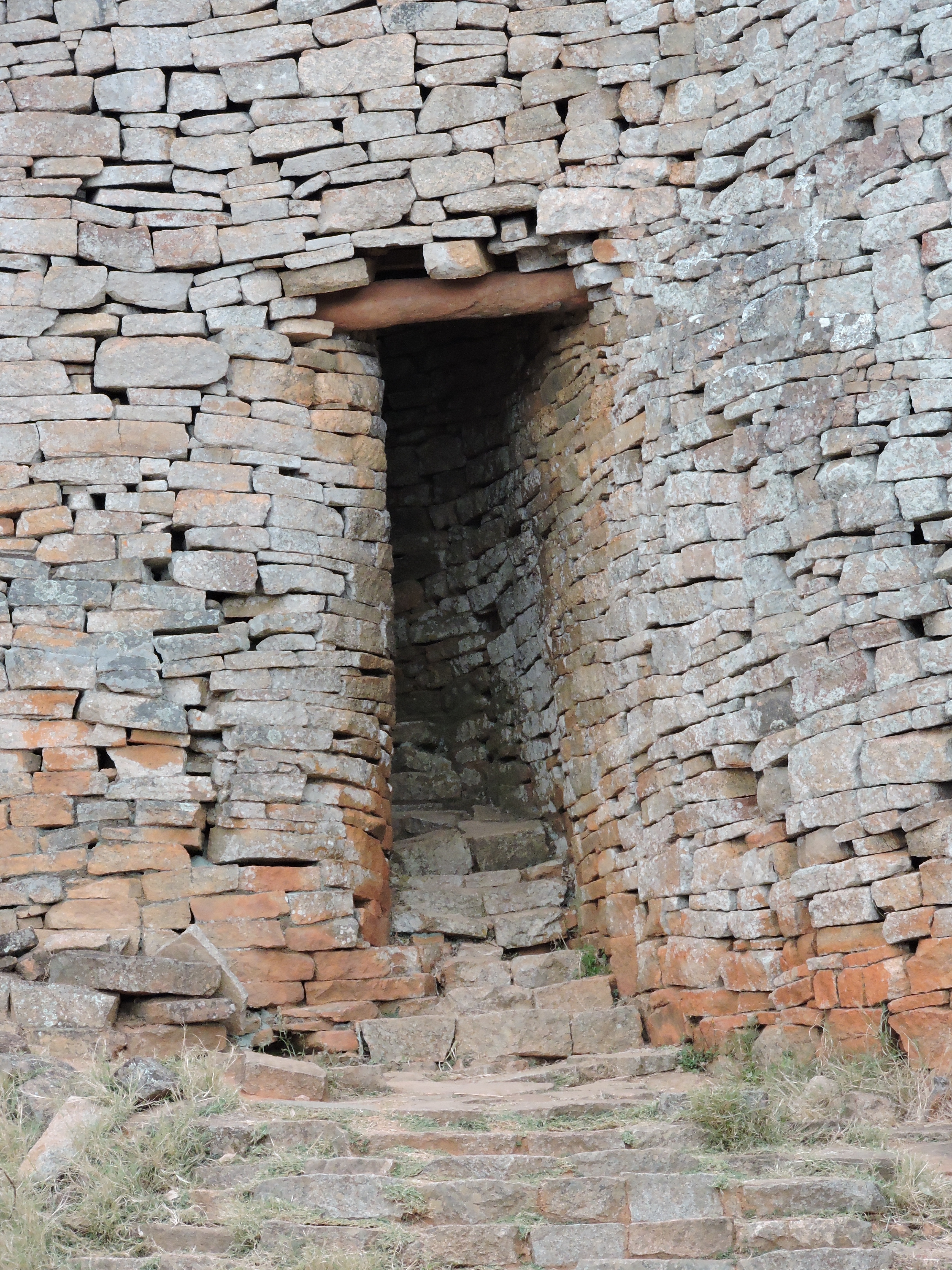
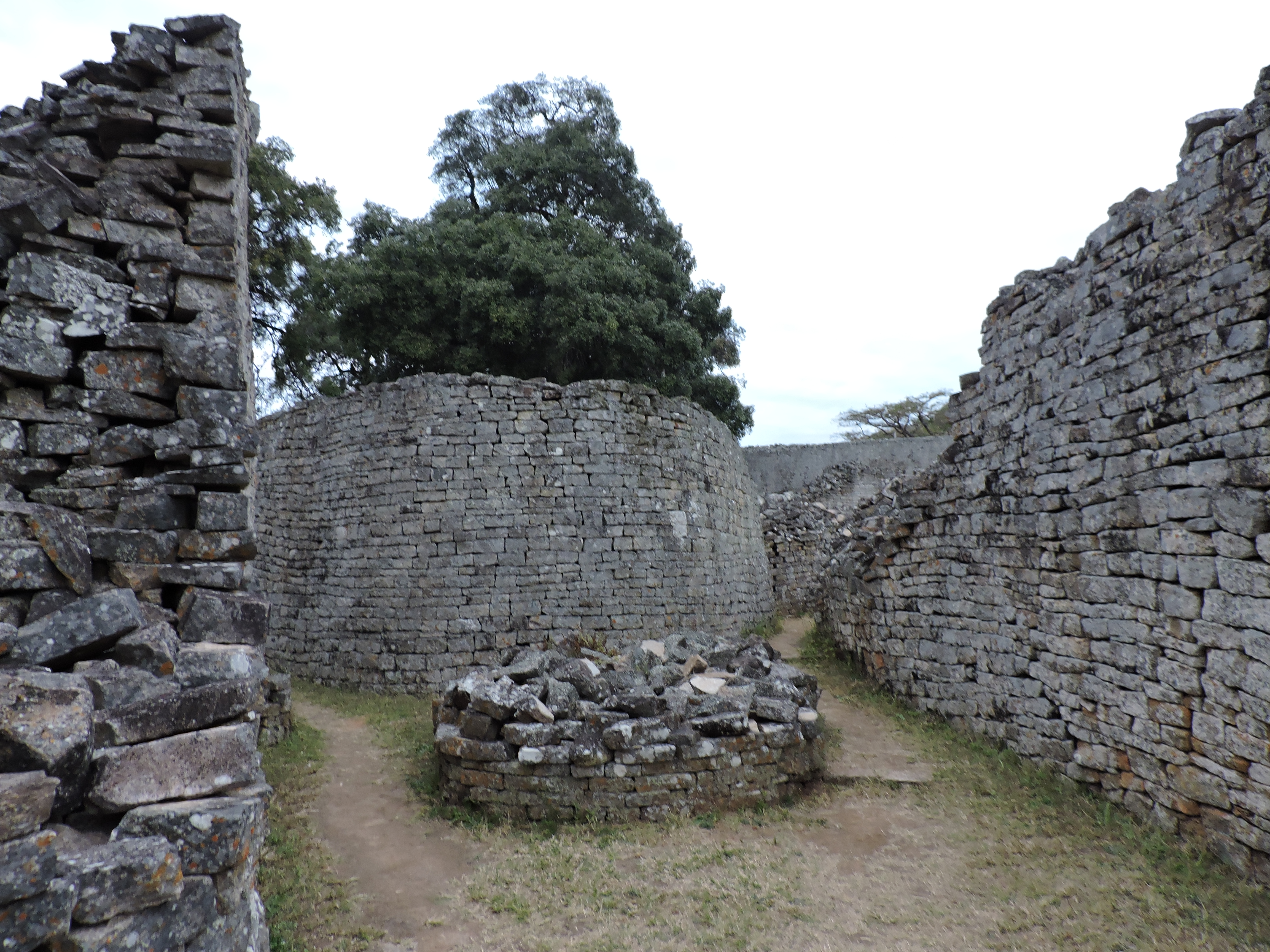
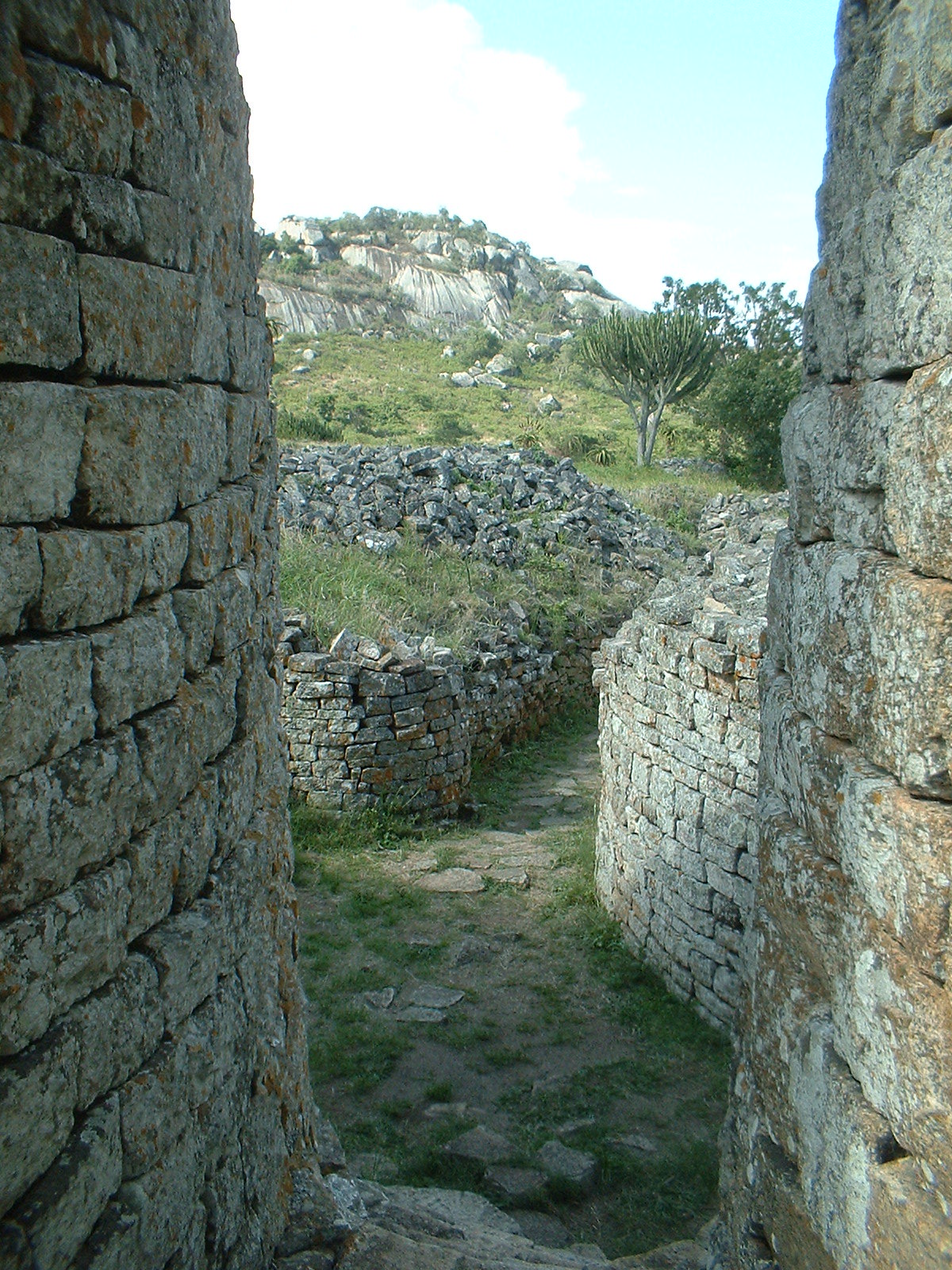
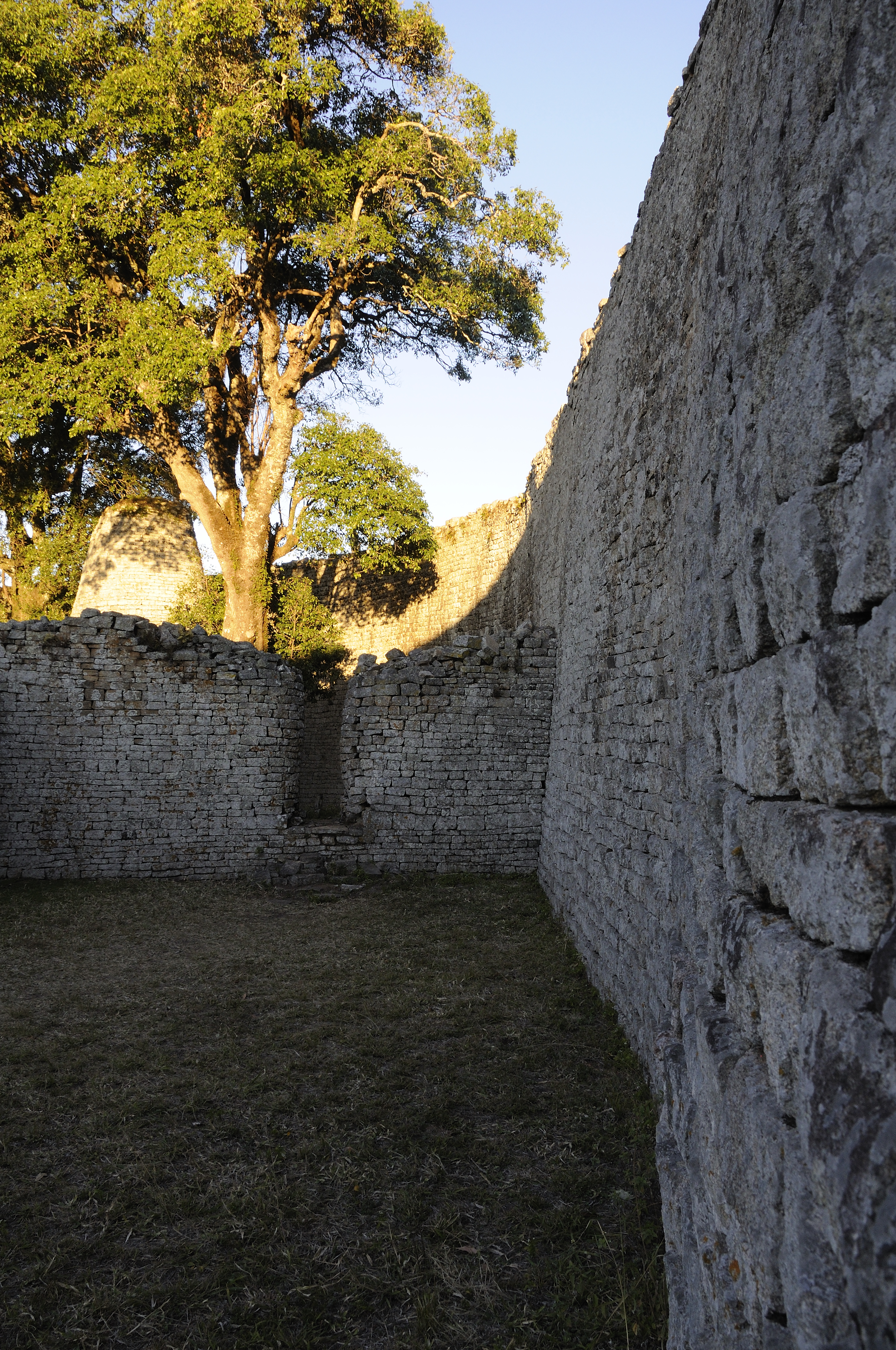
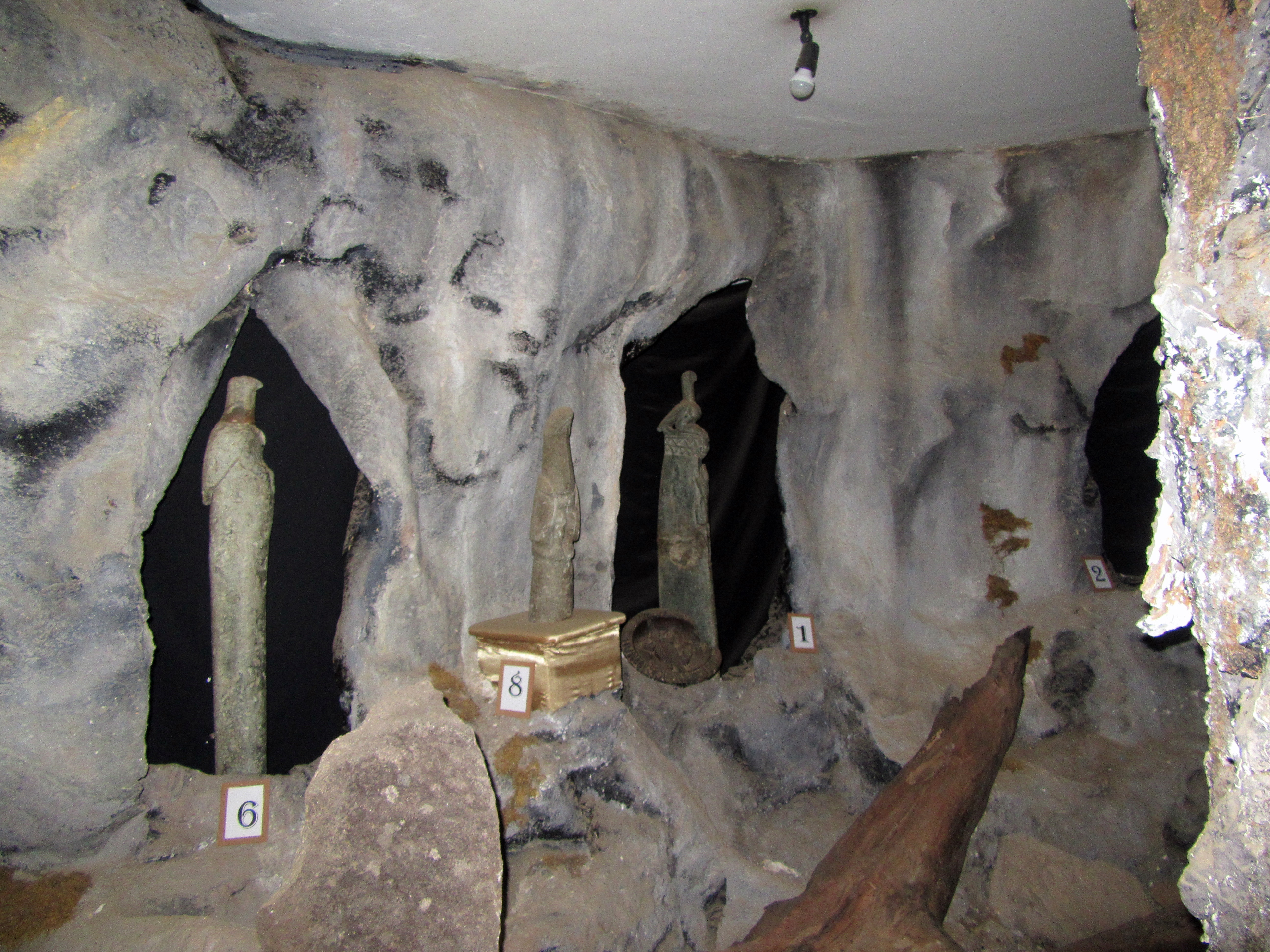
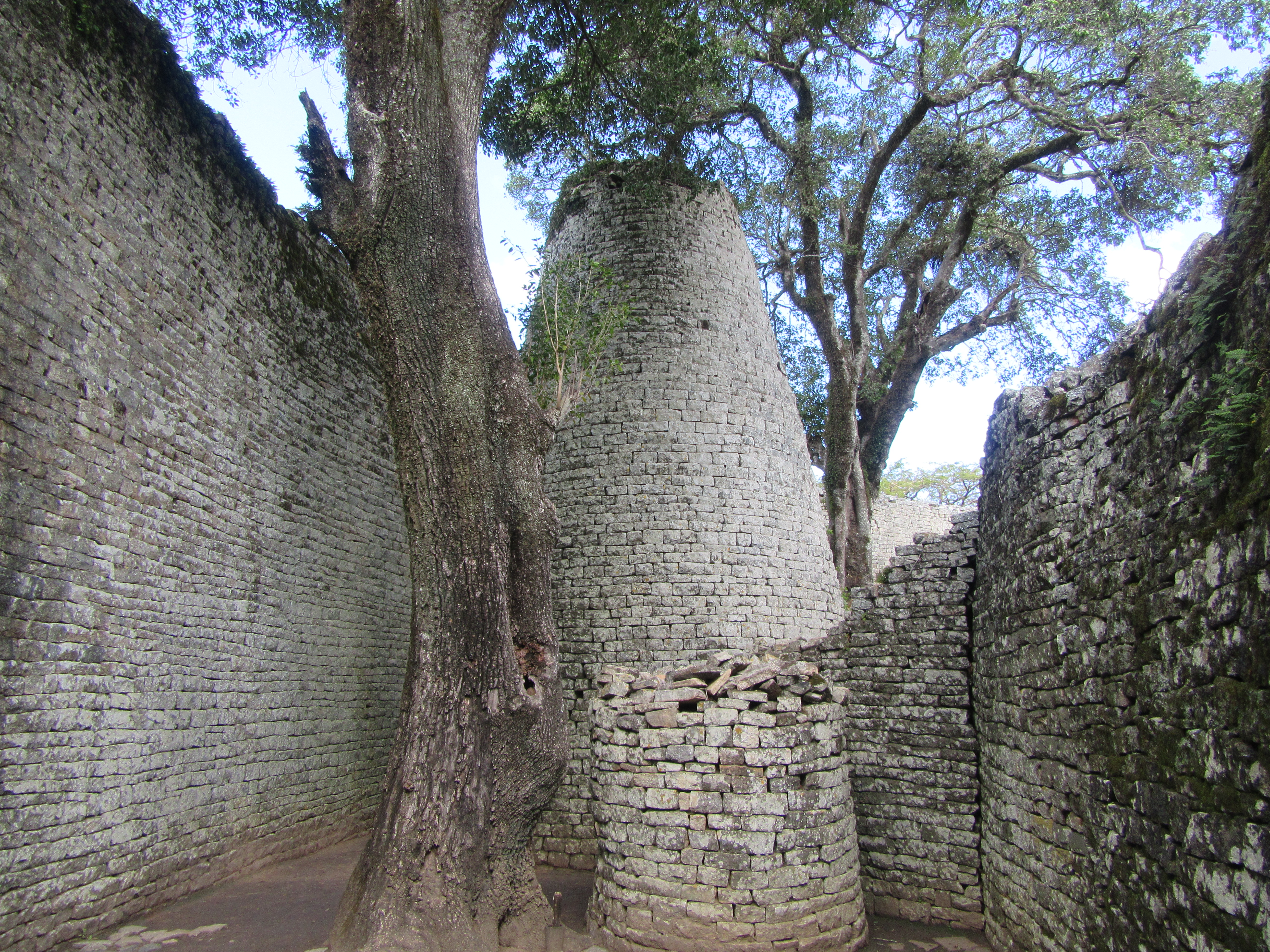
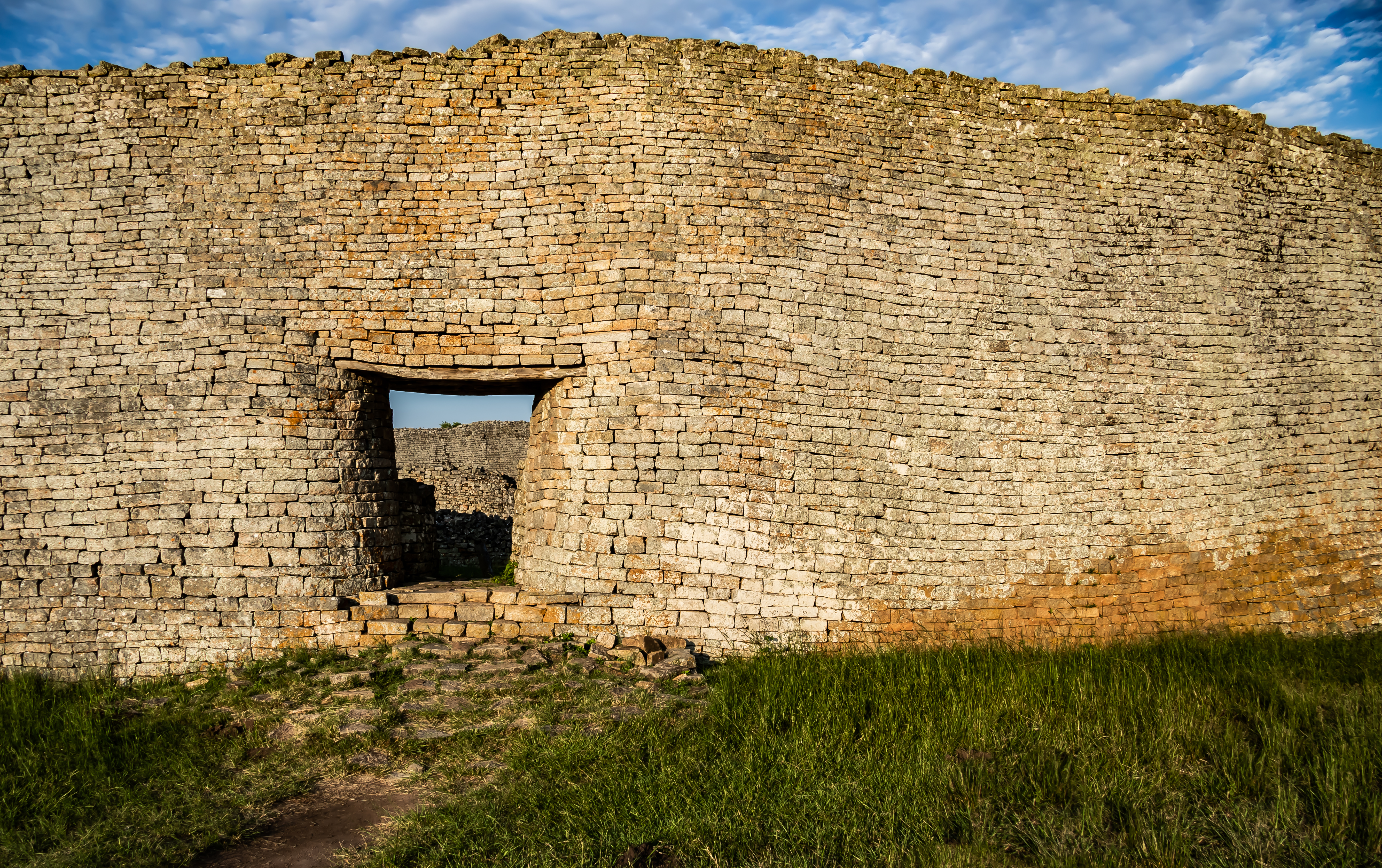
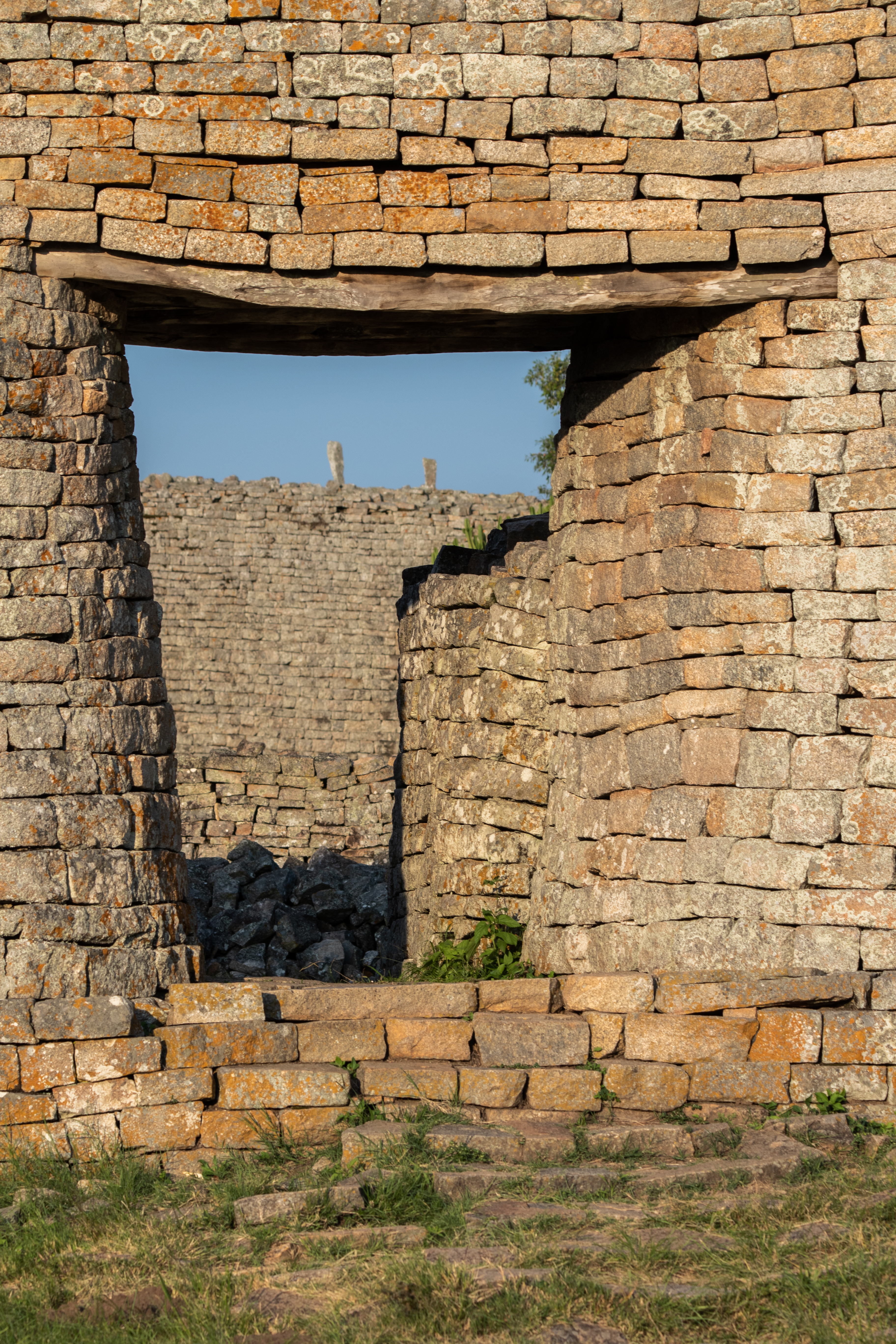

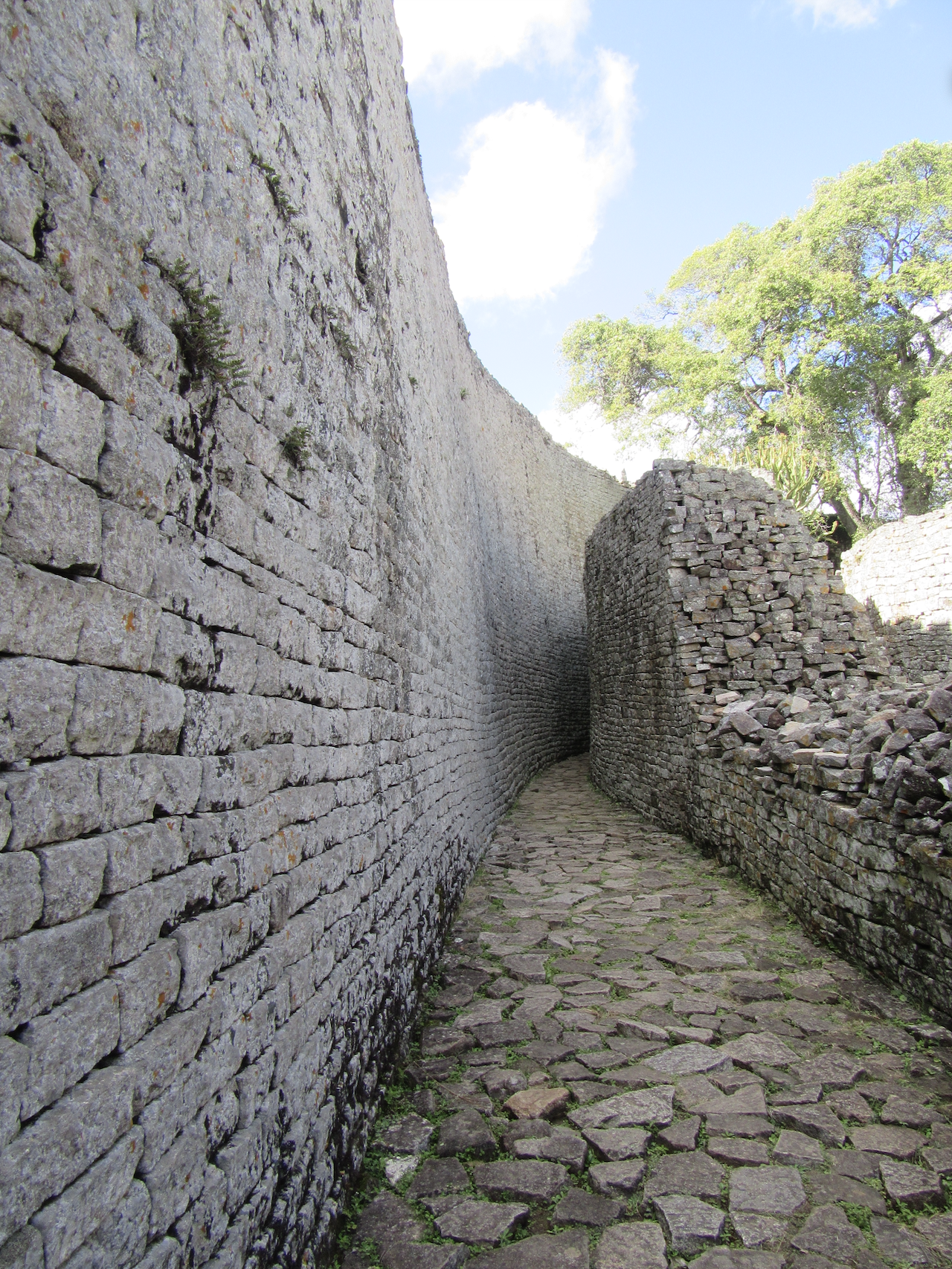
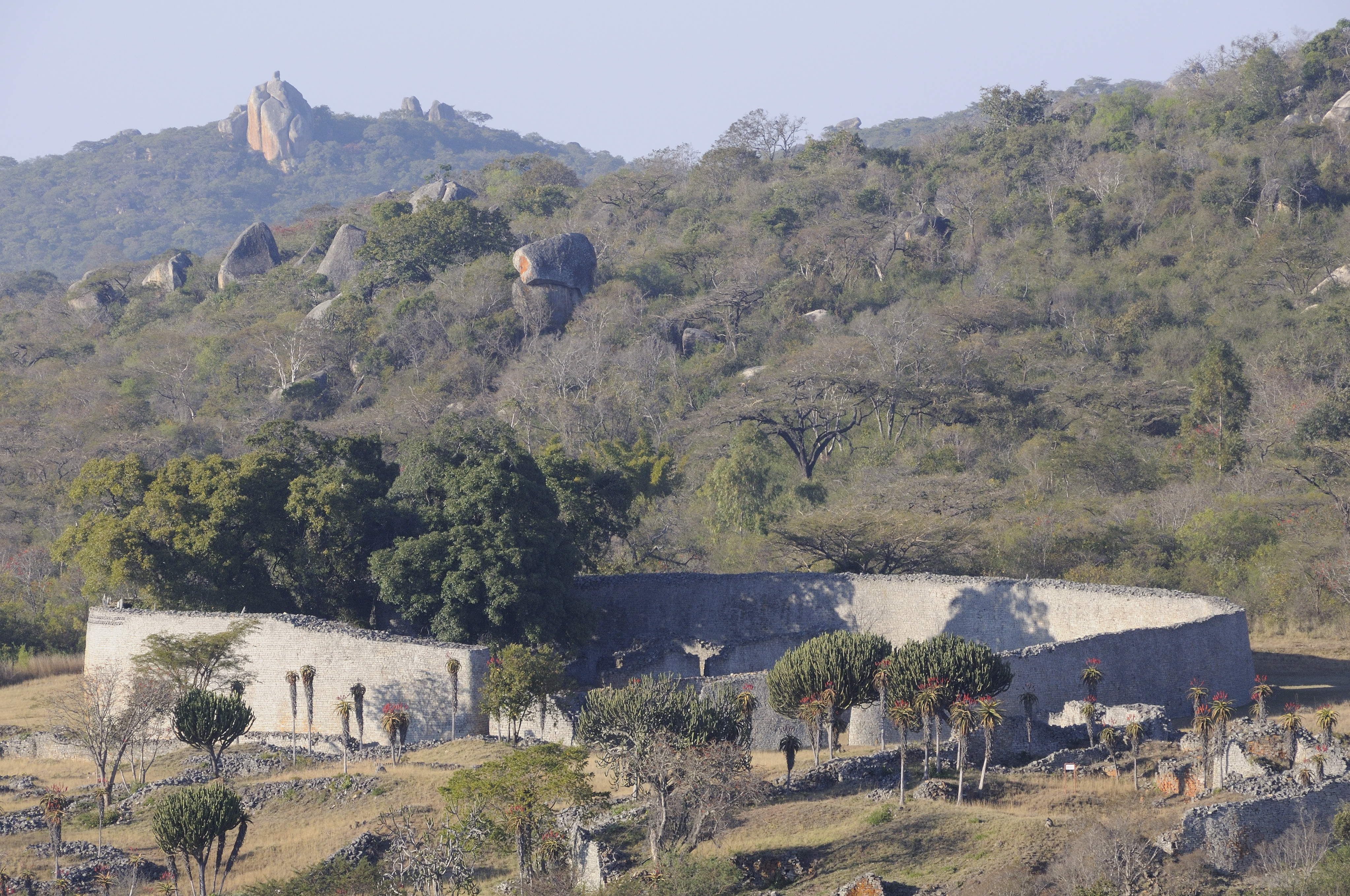
Style/Period(s):
Medieval
Primary Material(s):
Stone
Function(s):
Religious Building, Residential Structure, Community
Related Website(s):
Significant Date(s):
11th Century, 12th Century, 13th Century, 14th Century, 15th Century, 1980-1989, 1986
Additional Information:
Publications/Texts in Print:
Huffman, Thomas N. “The Soapstone Birds from Great Zimbabwe.” African Arts 18, no. 3 (1985): 68–100. https://doi.org/10.2307/3336358.
Ndoro, Webber. “Great Zimbabwe.” Scientific American 277, no. 5 (1997): 94–99. http://www.jstor.org/stable/24996007.
Pikirayi, Innocent. “Great Zimbabwe in Historical Archaeology: Reconceptualizing Decline, Abandonment, and Reoccupation of an Ancient Polity, A.D. 1450-1900.” Historical Archaeology 47, no. 1 (2013): 26–37. http://www.jstor.org/stable/43491297.
Additional Information:
Great Zimbabwe was built by the ancestors of the Shona people, who make up most of Zimbabwe's population. Specifically, Great Zimbabwe is believed to have been the capital of the Queen of Sheba. The Shona were cattle herders and good at metalwork and masonry. It is believed that 20,000 people lived within the walls at the height of its population.
The complex was the centre of the Kingdom of Mutapa.
Europeans who discovered the complex refused to believe that African people were capable of creating such a remarkable architectural feat. They thought that there had to have been a "civilised" population, or that it was the Egyptians, Phoenicians, or Christians. Archeological work done in 1905 concluded that the remains are in fact medieval African work.
Soapstone birds were found in the ruins. The meaning behind them is unknown but today a soapstone bird is featured on Zimbabwe's flag and on currency.
It has been a UNESCO World Heritage Site since 1986.
Project Description:
Great Zimbabwe was built and occupied from the 11th to the 15th century. It was a centre of trade, with goods such as Chinese and Persian glass beads and porcelain found during excavation. The architects were great masons, as they built the granite walls without mortar, using a method of building called dry stonewalling.
There are three main areas: the Hill Complex, the Great Enclosure, and the Valley Enclosure.
The Hill Complex housed the king of the Shona and is believed to have served as the spiritual and religious centre of the city.
The Great Enclosure is the largest single ancient structure in sub-Saharan Africa, and is where the king's first wife lived and where some living quarters in the form of clay huts existed. In this section is the Conical Tower that has a height of 10 metres and a 5-metre diameter. The purpose for the tower is unknown but it supposed to have been a grain bin and a sign of prosperity.
The Valley Enclosure housed the king's other wives and most of the citizens.
Today near the structure itself there is a small museum and lodging. It is close to the city of Masvingo.
Building Address:
Supporting Designers/Staff:
Significant Dates:
11th century - Construction and inhabitation began
15th century - Construction and inhabitation ended
1986 - Declared a UNESCO World Heritage Site
Associated Projects:
Tags:
Medieval, Shona, Zimbabwe, Granite, Historical, UNESCO, Africa
Viewers should treat all images as copyrighted and refer to each image's links for copyright information.